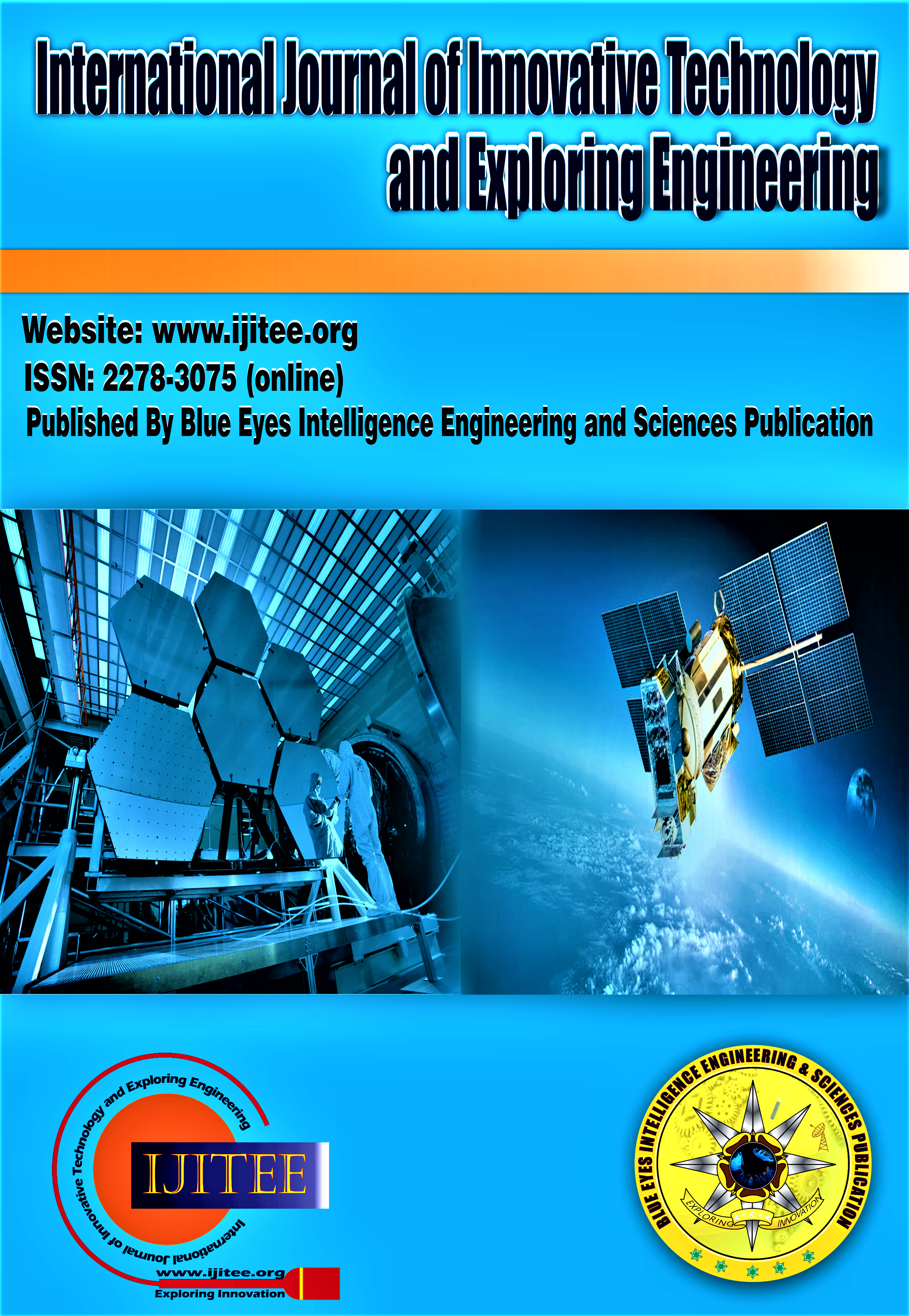Transformation of Higher Education and Research using Internet of Things
Main Article Content
Abstract
In the future, novelty will influence educational knowledge in multiple ways. Web of Things (IoT) backs up its unmistakable position regarding the advancement of data and correspondence and development. IoT can be used by educational institutions to improve education outcomes by providing increasingly successful learning battles, increasing operational productivity, and increasing continuous, remarkable comprehension of undergraduate execution. The avocation for this assessment is to choose the dominance of IoT in High level training and by what means to assemble its benefits and decreasing the dangers related with it. For the release of the most significant number of IoT systems and advancements, additional efforts are crucial. As a result, the question of how the Internet of Things will affect education, particularly institutions of higher learning, is raised in this paper. The Internet of Things (IoT) has the potential to transform undergraduate education at all levels and in a few cases. There is a lot of potential for educational institutions like colleges; in case arranged to ensure long stretch and useful execution by the chiefs, staff, and understudies. Universities can set an example for how IoT can be improved. Students, specialists, and academics are working together to oversee the disclosure and enhancement of IoT organizations, instruments, applications, and systems. In addition, this paper discusses the findings of several research groups and projects that shed light on IoT in higher education in the future. The Internet of Things also presents significant difficulties for higher education. Consequently, this paper also demonstrates perceptions of the difficulties IoT presents to higher education.
Downloads
Article Details
Section

This work is licensed under a Creative Commons Attribution-NonCommercial-NoDerivatives 4.0 International License.
How to Cite
References
Mineraud, J., et al., A gap analysis of Internet-of-Things platforms. Computer Communications, 2016. 89, 5-16.
High, P.G., High, P. (2015). Gartner: Top 10 Strategic Technology Trends For 2016. Retrieved from http://www.forbes.com/sites/peterhigh/2015/10/06/gartner-top-10-strategic-technologytrends-for-2016. 2015.
Ning, H. and S. Hu, Technology classification, industry, and education for Future Internet of Things. International Journal of Communication Systems, 2012. 25(9): p. 1230-1241.
Friess, P., Internet of things: converging technologies for smart environments and integrated ecosystems. 2013: River Publishers.
Stankovic, J.A., Research directions for the internet of things. IEEE Internet of Things Journal, 2014. 1(1): p. 3-9.
Chen, S., et al., A vision of IoT: Applications, challenges, and opportunities with china perspective. IEEE Internet of Things journal, 2014. 1(4): p. 349-359.
Juniper Research, Internet of Things' Connected Devices to Almost Triple to over 38 Billion Units by 2020. 2015.
Agarwal, S. and S. Pati, Study of Internet of Things. International Journal for Scientific Research & Development, 2016. 4(05): p. 4.
Jin, D., Application of" Internet of Things" in Electronic Commerce. International Journal of Digital Content Technology & its Applications, 2012. 6(8).
Gubbi, J., et al., Internet of Things (IoT): A vision, architectural elements, and future directions. Future Generation Computer Systems, 2013. 29(7): p. 1645-1660.
Han, Z. and J. Wang, Development and Research of Digital Campus System Based on Android. 2014.
Sherson, G., Education and the Digital Campus 1999: p. 9.
Porter, A. and Mark Sherwin, The Digital Campus The Online Future For Higher Education. 2013: p. 38.
Tianbo, Z. The internet of things promoting higher education revolution. in Multimedia Information Networking and Security (MINES), 2012 Fourth International Conference on. 2012. IEEE.
Zhiqiang, H. and Z. Junming, The Application of Internet of Things in Education and Its Trend of Development [J]. Modern Distance Education Research, 2011. 2: p. 019.
Aldowah, H., S. Ghazal, and B. Muniandy, Issues and Challenges of Using E-Learning in a Yemeni Public University. Indian Journal of Science and Technology, 2015. 8(32).
Ghazal, S., Z. Samsudin, and H. Aldowah, Students’ Perception of Synchronous Courses using Skype-based Video Conferencing. Indian Journal of Science and Technology, 2015. 8(30).
Yan-lin, L.L.-y.Z., The Application of the Internet of Things in Education [J]. Modern Educational Technology, 2010. 2(005).
Fan, S., Z. yu, and H. Guo, Affects of internet of things on Supply Chain management, China Economics and Trade. 2009.
Qi, Ai-qin Shen, and Yong-jun. The Application of Internet of Things in Teaching Management System. in Information Technology, Computer Engineering and Management Sciences (ICM), 2011 International Conference on. 2011. IEEE.
Sundmaeker, H., et al., Vision and challenges for realising the Internet of Things. Cluster of European Research Projects on the Internet of Things, European Commision, 2010.
Tan, D., Engineering Technology, Engineering Education and Engineering Management: Proceedings of the 2014 International Conference on Engineering Technology, Engineering Education and Engineering Management (ETEEEM 2014), Hong Kong, 15-16 November 2014. 2015: Crc Press.
Kortuem, G., et al., Educating the Internet-of-Things generation. Computer, 2013. 46(2): p. 5361.
Kahlert, M., Understanding customer acceptance of Internet of Things services in retailing: an empirical study about the moderating effect of degree of technological autonomy and shopping motivations. 2016, University of Twente.





